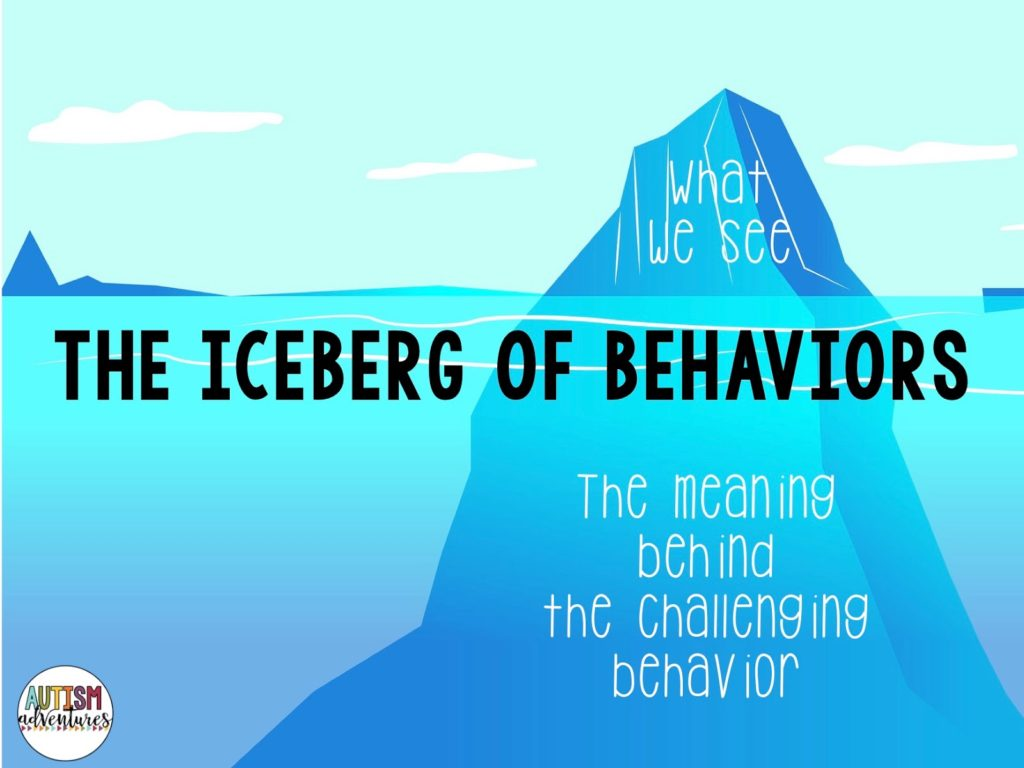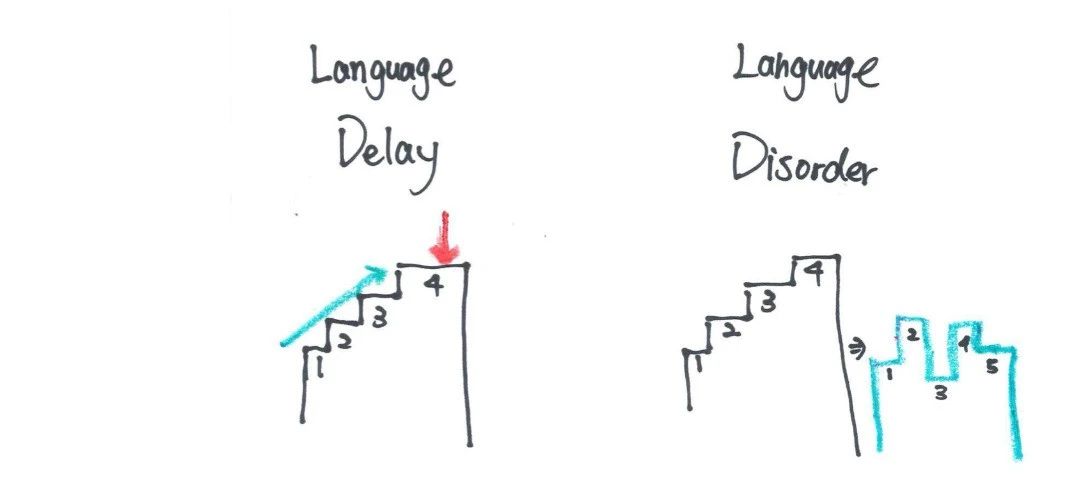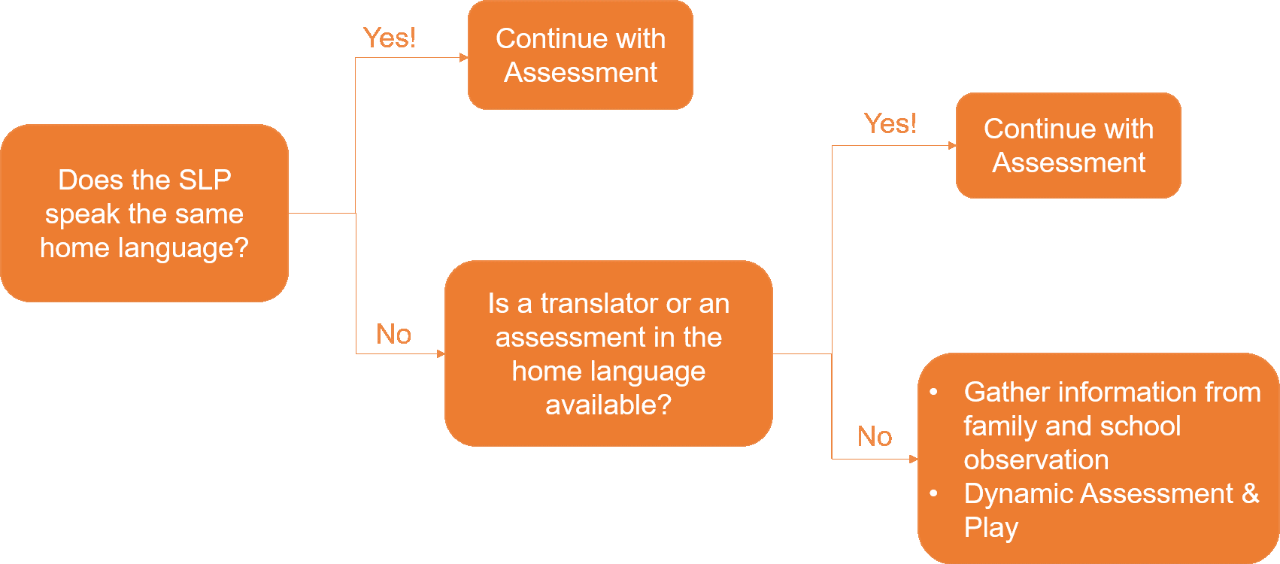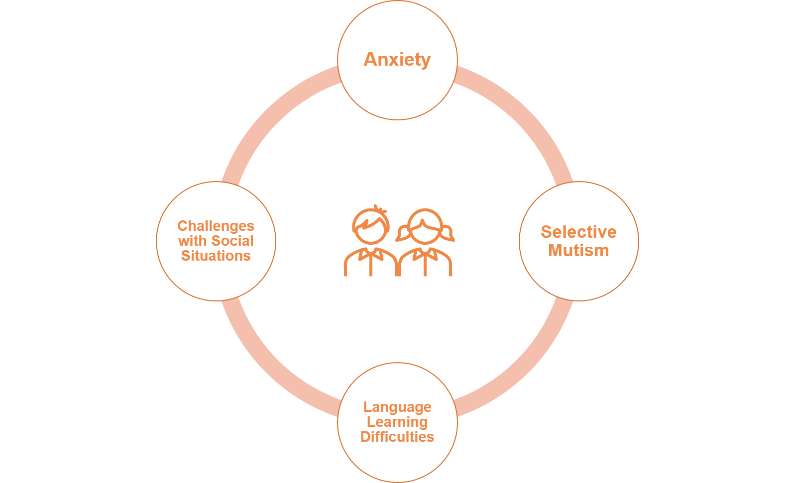In honor of ASHA’s (American Speech-Language-Hearing Association) Better Hearing and Speech Month (BHSM), ELG successfully held its first livestream panel discussion on May 30th with our team of internationally certified and professional Speech-Language Pathologists.
Specifically targeted at addressing communication challenges in middle and high school students, this exclusive dialogue received participation from student support professionals, parents, caregivers, and doctors. Below are a few highlights from this event.

Highlight #1: Language Delay, Language Disorder and Differences Between the Two

A language delay describes language development that is slower than expected for a child’s age group. A language disorder, on the other hand, describes asymmetric acquisition of a language. For example, a child with a language disorder might excel in vocabulary but lack the ability to form more complex sentences.

A language delay describes language development that is slower than expected for a child’s age group. A language disorder, on the other hand, describes asymmetric acquisition of a language. For example, a child with a language disorder might excel in vocabulary but lack the ability to form more complex sentences.
Highlight #2: Assessment Plan for a Child/ Family whose Primary Language is not English

SLPs may also work with children who speak a different primary language than they do. When this happens, ELG’s SLPs will look for professional interpreters or choose an assessment that is available in the child’s native language. Alternative solutions include seeking support from parents and school teachers through surveys, questionnaires or observations.
Highlight #3: “Why does my child talk at home but not at school?”
-
Does the child feel anxious at school?
-
Does he or she generally feel shy or uncomfortable in public?
-
Is this caused by learning a new language at school?
-
Is the child experiencing selective mutism (the inability to speak and communicate effectively in select social settings)?
-
Etc.

-
Does the child feel anxious at school?
-
Does he or she generally feel shy or uncomfortable in public?
-
Is this caused by learning a new language at school?
-
Is the child experiencing selective mutism (the inability to speak and communicate effectively in select social settings)?
-
Etc.
Other Interesting Topics Covered

Once again, we want to sincerely thank all participants for joining this webinar panel. We hope you keep tuned with ELG’s future events and we look forward to meeting you soon!
